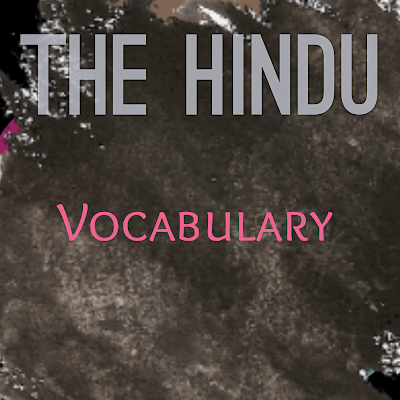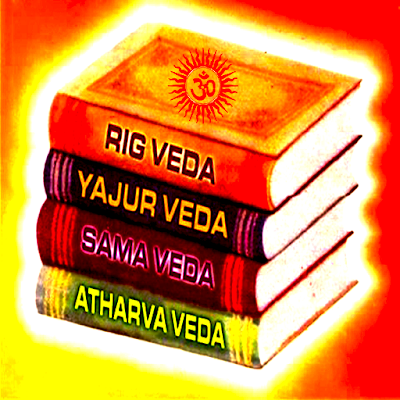The HINDU newspaper vocabulary pdf from 16 Nov. To 30 Nov.

THE HINDU NEWSPAPER WORDS {VOCABULARY} from 16 to 30 Nov 2019. English vocabulary for SSC cgl 2019 || SSC RAILWAY english notes || IMPORTANT ENGLISH WORDS FOR UPSC, SSC, RAILWAY, BANKING AND OTHER GOVERNMENT EXAMS. Explicit (adjective) – clear, direct, obvious; precise, exact, definite. Cognitive (adjective) – related to the mental processes (cognition) of thinking, understanding, learning, remembering. Impinge (verb) – affect, have an effect/impact on, influence, have a bearing on. Impinge (verb) – encroach on, intrude on, infringe, strike, hit, collide with. Metaphor (noun) – figure of speech, figurative expression, comparison, image, symbol. Emanate (verb) – emerge, flow, ensue, come out, arise; originate from; exude, spread out. Ramifications (noun) – consequence, result, aftermath, outcome, effect; development; outgrowth. Evasive (adjective) – avoiding, dodging, escaping, eluding. Impetus (noun) – motivation, stimulus, encouragement, inspiration, boos




